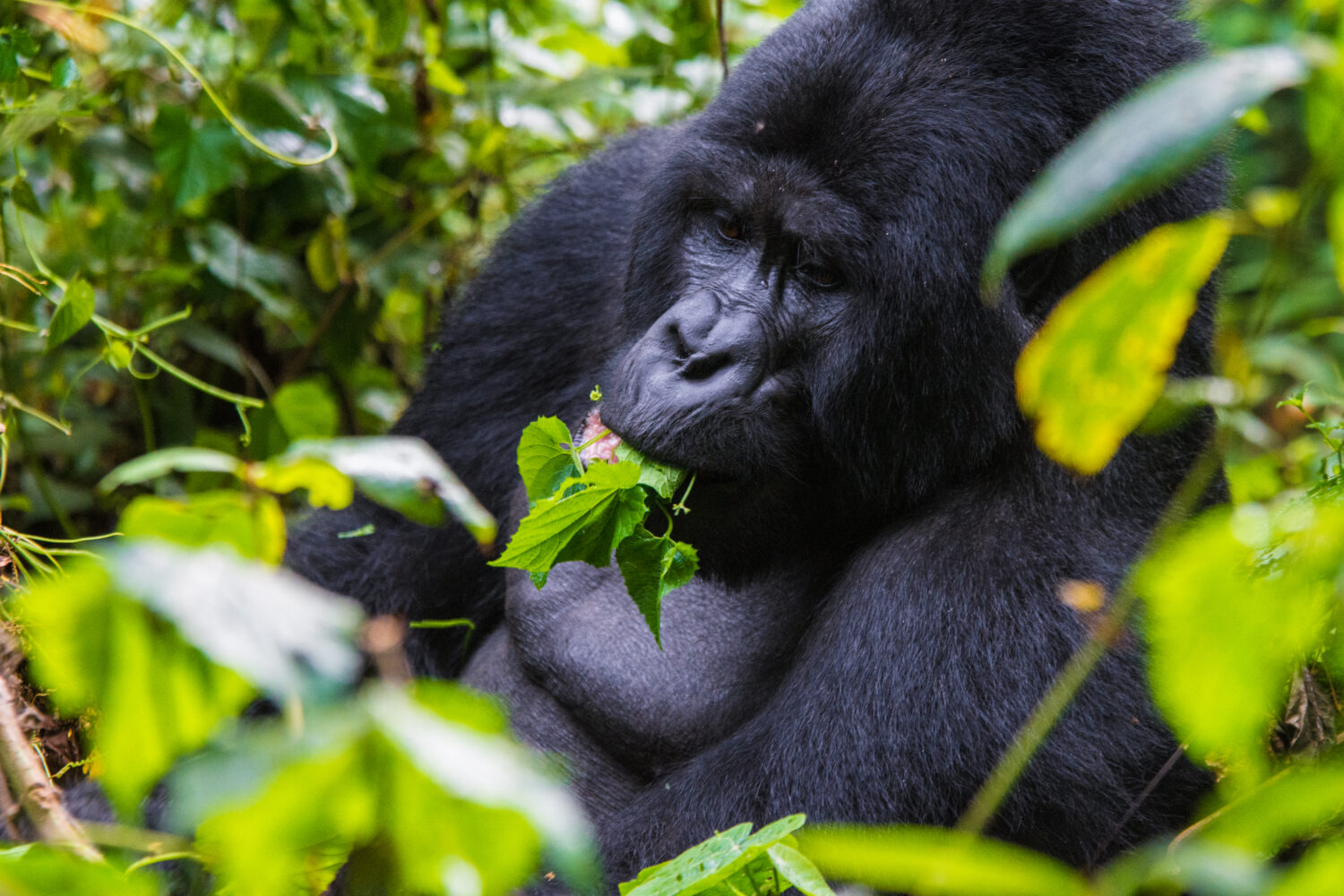Exploring the Rich Biodiversity of Mgahinga Gorilla National Park
The Rich Biodiversity of Mgahinga National Park. Mgahinga Gorilla National Park, located in southwestern Uganda, is a unique and biodiverse area that is part of the larger Virunga Massif. This national park, covering an area of about 33.7 square kilometers, is known for its stunning landscapes, volcanic features, and rich biodiversity. Here, you can find a variety of wildlife species, each playing a crucial role in the ecosystem. Let’s delve into the details of the wildlife in Mgahinga National Park.
Mountain Gorillas (Gorilla beringei beringei):
Mgahinga is renowned for its population of endangered mountain gorillas. These majestic creatures inhabit the dense forests on the slopes of the Virunga Mountains. Visitors to the park have the unique opportunity to engage in gorilla trekking, a thrilling experience that allows them to observe these great apes in their natural habitat.
Golden Monkeys (Cercopithecus kandti):
The park is also home to the endangered golden monkeys. These lively and sociable primates inhabit the bamboo forests on the lower slopes of the Virunga Mountains. Golden monkey tracking is a popular activity in Mgahinga, offering visitors the chance to witness the playful antics of these colorful monkeys.
Batwa People: – The Rich Biodiversity of Mgahinga National Park
While not wildlife in the traditional sense, the Batwa people are an integral part of the Mgahinga ecosystem. Indigenous to the region, the Batwa are often referred to as the “keepers of the forest.” They have a deep connection to the park and its wildlife, relying on sustainable practices for their livelihoods.
Buffalo (Syncerus caffer):
African buffalo, also known as Cape buffalo, can be found in Mgahinga National Park. These large herbivores graze in the park’s grasslands and play a crucial role in shaping the landscape through their feeding habits.
Forest Elephants (Loxodonta cyclotis):
Mgahinga is home to a population of forest elephants, a smaller and more elusive species compared to their savannah counterparts. These elephants navigate the dense forests, contributing to seed dispersal and the maintenance of ecosystem balance.
Duikers:
Several species of duikers, including the red duiker and the yellow-backed duiker, are found in Mgahinga. These small antelopes are adapted to the forested areas of the park and contribute to the park’s overall biodiversity.
Birds: The Rich Biodiversity of Mgahinga National Park
Mgahinga National Park is a haven for birdwatchers, with over 180 bird species recorded. Notable species include the Albertine Rift endemics such as the Rwenzori turaco, handsome francolin, and the dusky turtle dove. The diverse avian population adds to the park’s allure for nature enthusiasts.
Small Mammals:
In addition to the larger mammals, Mgahinga is also home to various small mammals, including bushbucks, side-striped jackals, and tree hyraxes. These creatures contribute to the overall ecological balance of the park.
Conservation Challenges and Efforts:
Like many conservation areas, Mgahinga National Park faces challenges such as habitat loss, poaching, and human-wildlife conflict. Conservation efforts, including community engagement, ecotourism initiatives, and anti-poaching measures, are crucial in ensuring the continued protection of the park’s wildlife.
Remarks – The Rich Biodiversity of Mgahinga National Park
Mgahinga National Park stands as a testament to the importance of preserving biodiversity and the delicate balance between humans and nature. Through responsible tourism and conservation efforts, this remarkable area continues to be a sanctuary for diverse wildlife species, contributing to the global conservation of endangered and endemic species.








